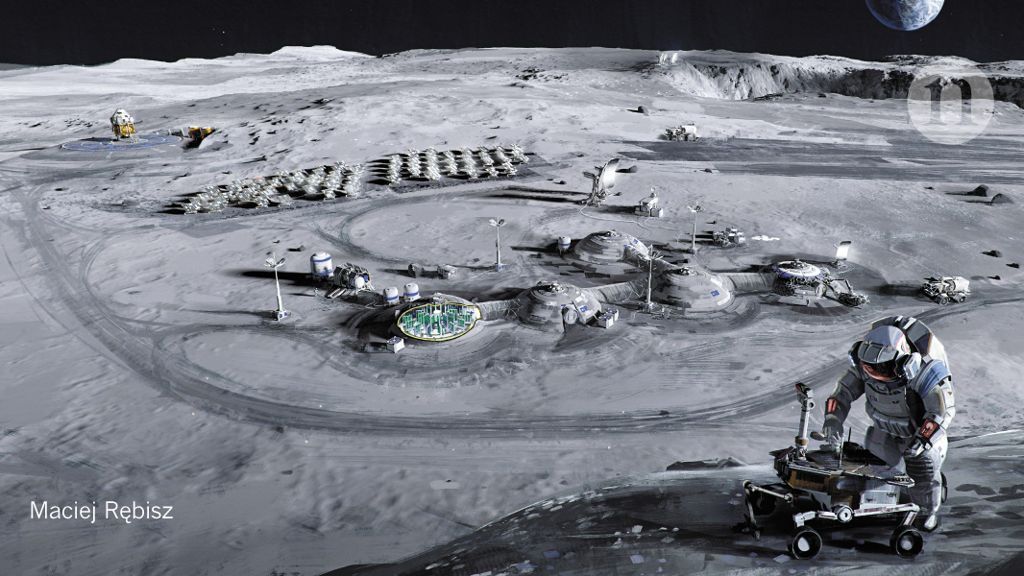Scientists have created the coldest spot in the universe, giving them the opportunity to study the universe’s rare fifth form of matter.
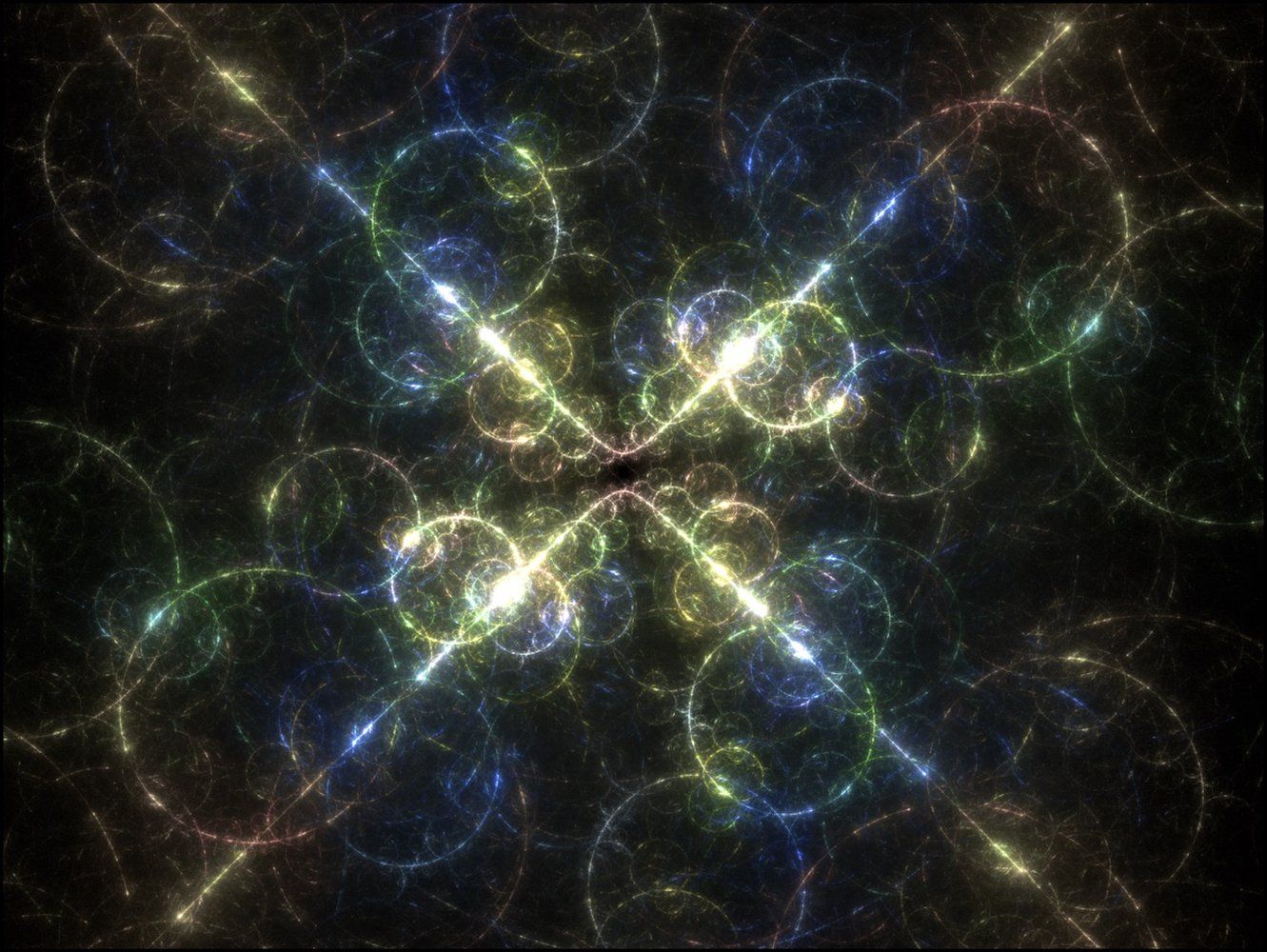

The Kepler Mission introduced us to a dazzling array of solar systems.
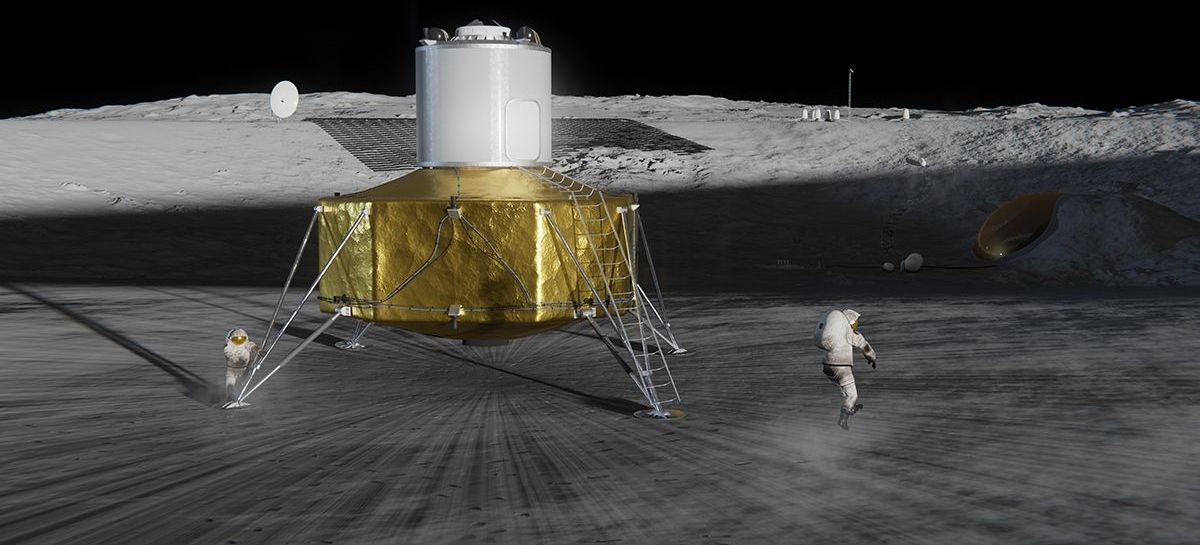
Experience high-res #science in first #8K ultra high definition (UHD) video from the International Space Station. Get closer to the in-space experience and see how human spaceflight is improving lives on Earth, while enabling humanity to explore the universe. Watch and download: 🚀🔬🌟🎥.

What’s up in the sky this month? You can’t miss bright Venus in the predawn hours, Saturn at sunset, Mars in the evening and much more. Find out when and where to look up: https://go.nasa.gov/2Q8YudW
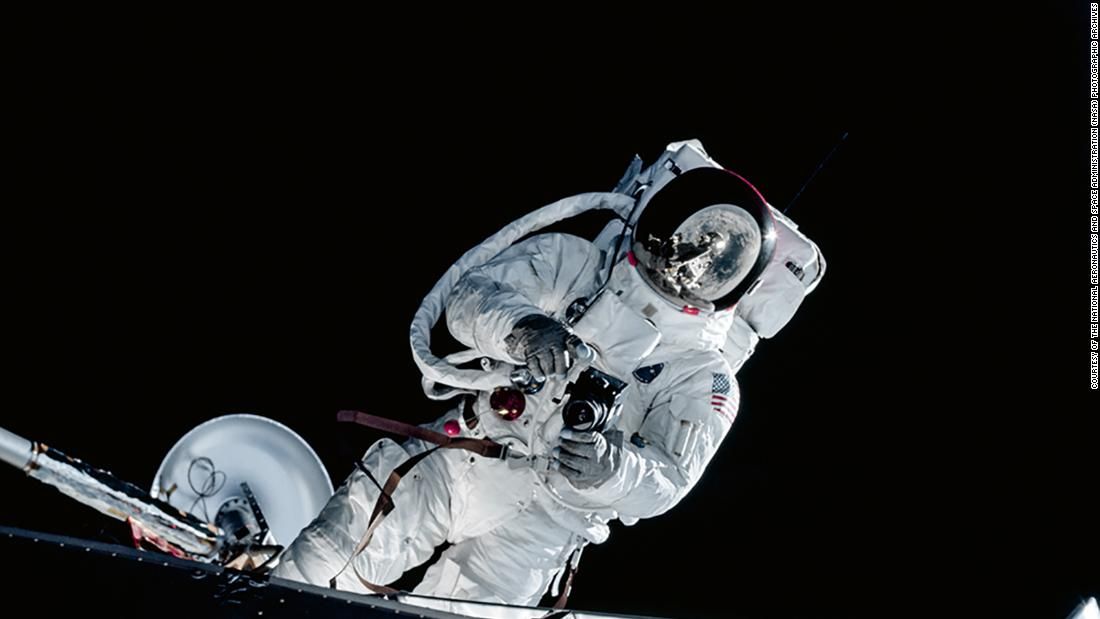
Early astronauts of the Apollo missions are often hailed as explorers, scientists and heroes, but they were also some of the most noteworthy photographers in history.
It includes a special foreword by Apollo 7 astronaut Walter Cunningham, and breathtaking photos taken by Apollo astronauts, many of which were previously unpublished.
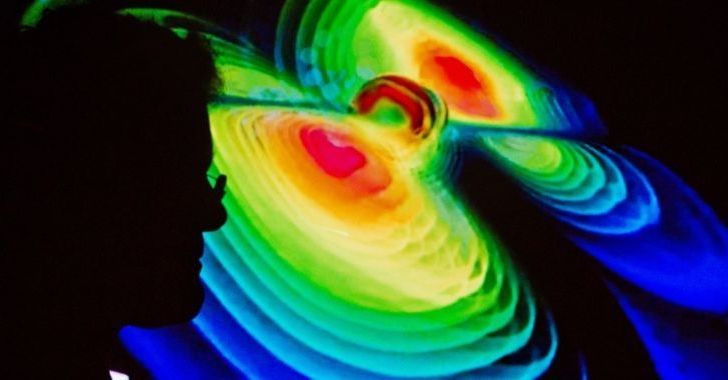
“The first direct detection of gravitational waves was announced on February 11, 2016, spawned headlines around the world, snagged the 2017 Nobel Prize in Physics, and officially launched a new era of so-called “multi-messenger” astronomy. But a team of physicists at the Niels Bohr Institute in Copenhagen, Denmark, is calling that detection into question…”
“Andrew Jackson and his group have been saying for the past few years that LIGO’s detections are not real,” says LIGO Executive Director David Reitze of Caltech. “Their analysis has been looked at by many people who have all concluded there is absolutely no validity to their claims.” Reitze characterized the New Scientist article as “very biased and sensational.”
“Nothing they’ve done gives us any reason to doubt our results.”
A sprint to the stars.
